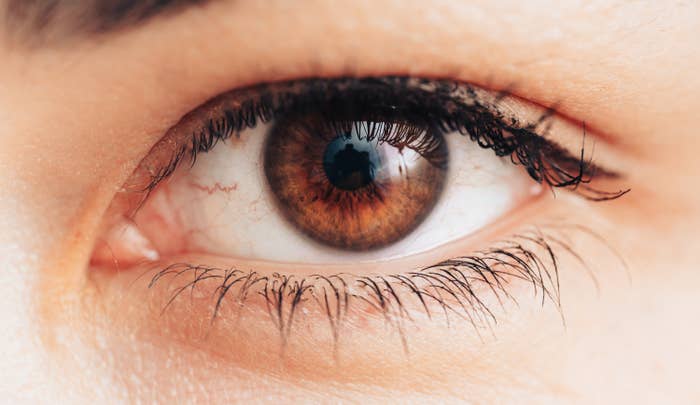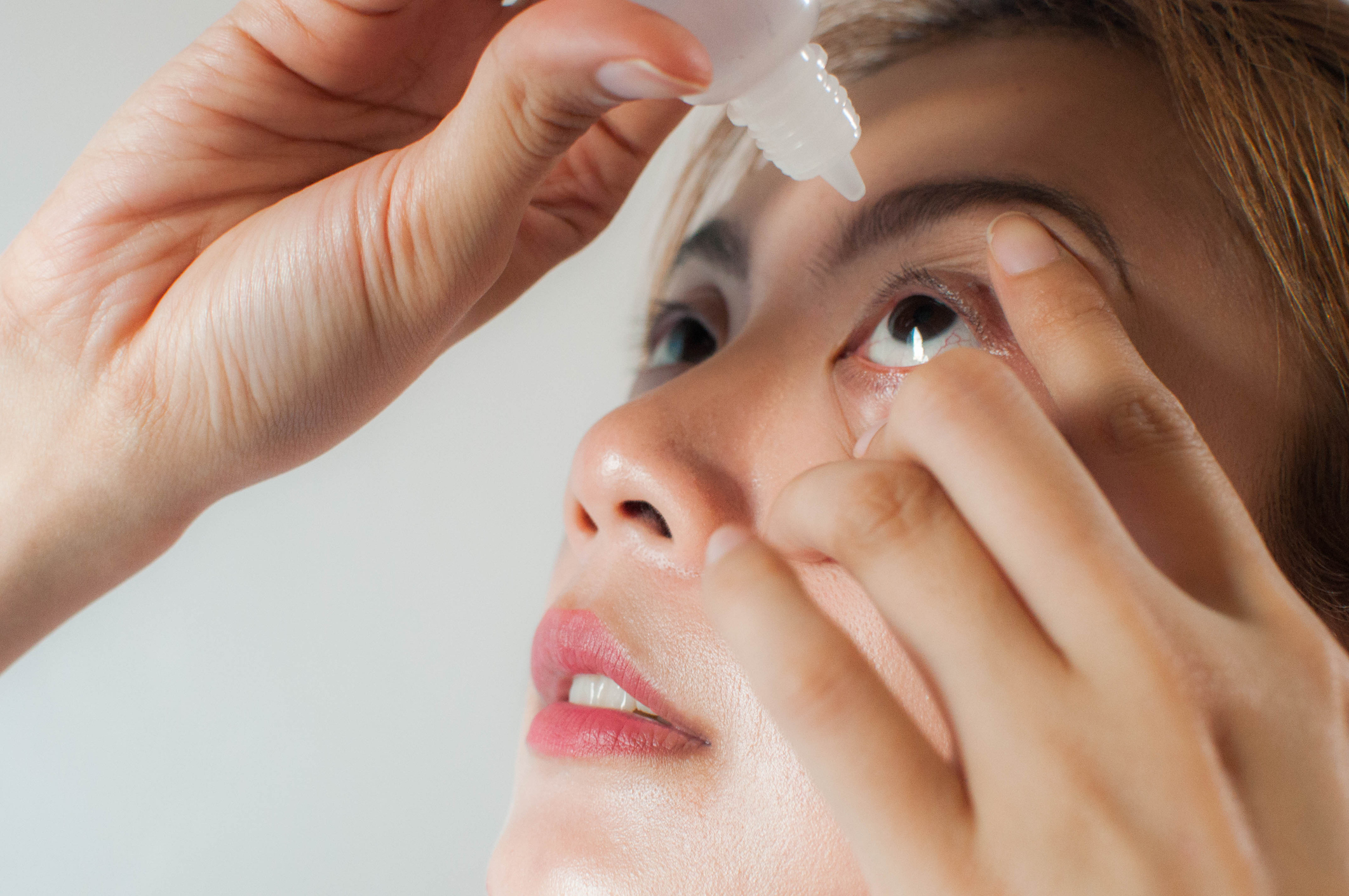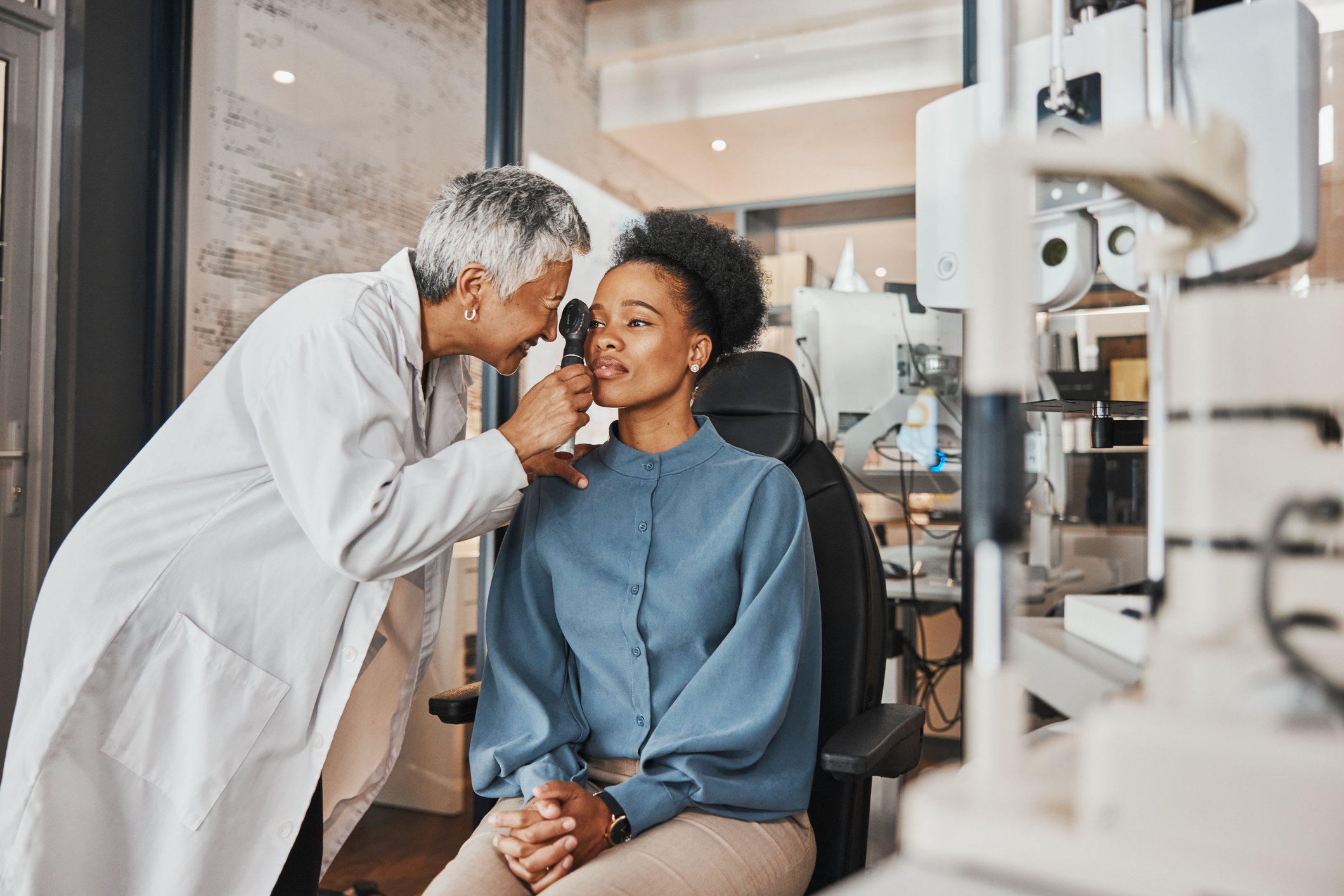
Eye health is often overlooked. Tons of Americans skip their annual eye exams: Of those who are considered to be at high risk for vision loss, which is roughly 4 in 10 Americans, 40% didn’t get their eyes checked out in the past year, according to the Centers for Disease Control and Prevention.
“It’s not until you have [a] problem with your eyes that you really become grateful for your vision,” said Dr. Michelle Holmes, an optometrist at Pacific Neuroscience Institute in Santa Monica, California.
There’s a lot you can do to protect your eye health. You can keep up with your annual eye exams, wear sunglasses to shield your eyes from the sun’s harmful ultraviolet rays, and avoid wearing contacts to bed or in the pool, to name a few.
But is there one habit you should never do, even though it may seem like eye care: Don’t use eye-whitening, or red-eye relieving, drops.
“My concern with those types of eye drops is that eye-whitening drops can be used by someone to mask redness, and, oftentimes, that redness is a symptom of some more serious underlying condition,” Holmes told HuffPost.
Here’s why you may want to steer clear of redness relief eye drops.

When your eye is irritated, as it may be with pink eye or certain allergies, the blood vessels located in the front of the eye will dilate and engorge. “That’s what causes the white part of the eye to look red and angry,” Holmes explained.
Those blood vessels serve an important purpose — when inflamed, they indicate something is wrong, Holmes said. This could be due to a mild problem, such as a cold or dust in the eye, or it may be a symptom of a more serious health condition like an infection, glaucoma or a corneal abrasion.
“It’s not normal to have a red, angry-looking eye,” Holmes said.
Red-eye relieving drops target these blood vessels to constrict and minimize their appearance. Temporarily, this makes the eyes white again, however, these drops could mask the problem at hand.
“It may make you think everything is OK with your eyes when really the can be something quite serious going on,” Holmes said. It’s a bandaid, not a fix, she added.
That redness can help your eye doctor detect eye diseases. With certain eye conditions, time is of the essence. Left untreated, they can worsen and lead to complications, including infections, and, in serious cases, vision loss.
Not to mention, these drops may cause a rebound effect. “As the eye drops wear off and nutrients and oxygen start to flow back through those blood vessels, they actually will dilate and engorge more than initially,” Holmes said.
People can then get trapped in a cycle: their eyes appear red and irritated, they use redness-relieving drops that provide temporary relief, but then the redness comes back — this time, even worse — and they use the drops again. In some cases, people become dependent on red-eye relieving drops and the underlying health issue is never addressed, Holmes said.
There are other remedies you can use instead.

Whenever a patient tells Holmes they use eye-whitening drops, she recommends they opt for lubricating artificial tears instead. Her advice: use preservative-free drops — “they’re gentler on the eyes,” she explained. These products are generally thought to be the safest type of preservative-free eye drops.
The Food and Drug Administration recently issued a warning against 26 over-the-counter eye drop products due to the risk of eye infections that may cause partial vision loss or blindness.
Finally, if your eye is red and irritated, talk to an eye care provider. Even if you give your local eye clinic a call, the front desk should be able to triage the redness — and determine if you need follow-up care or testing — and recommend safe, effective eye drops.
“Oftentimes, the cause of the redness can be determined and more effectively addressed when the reason why is known,” Holmes said.
This article originally appeared on HuffPost.
